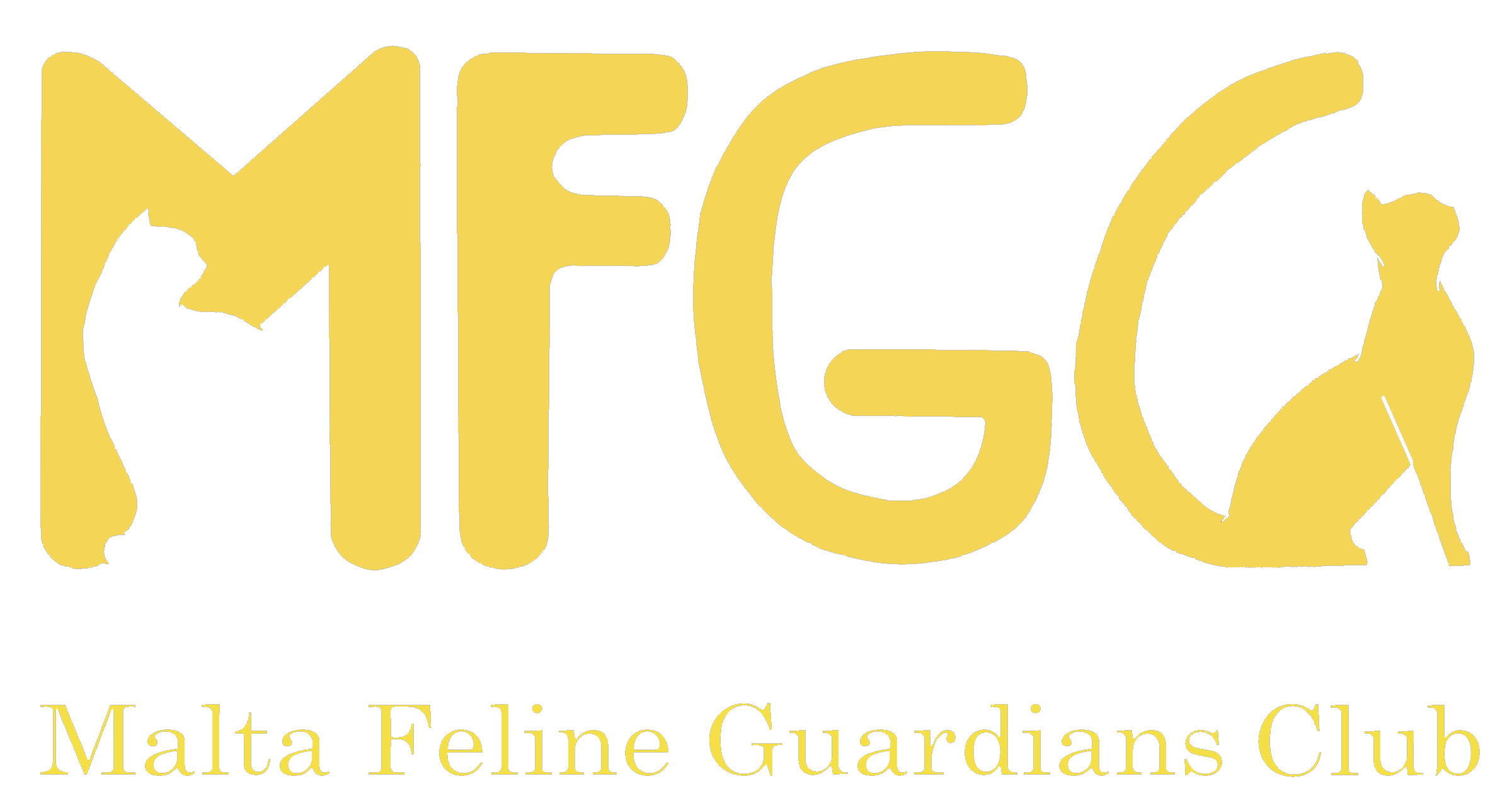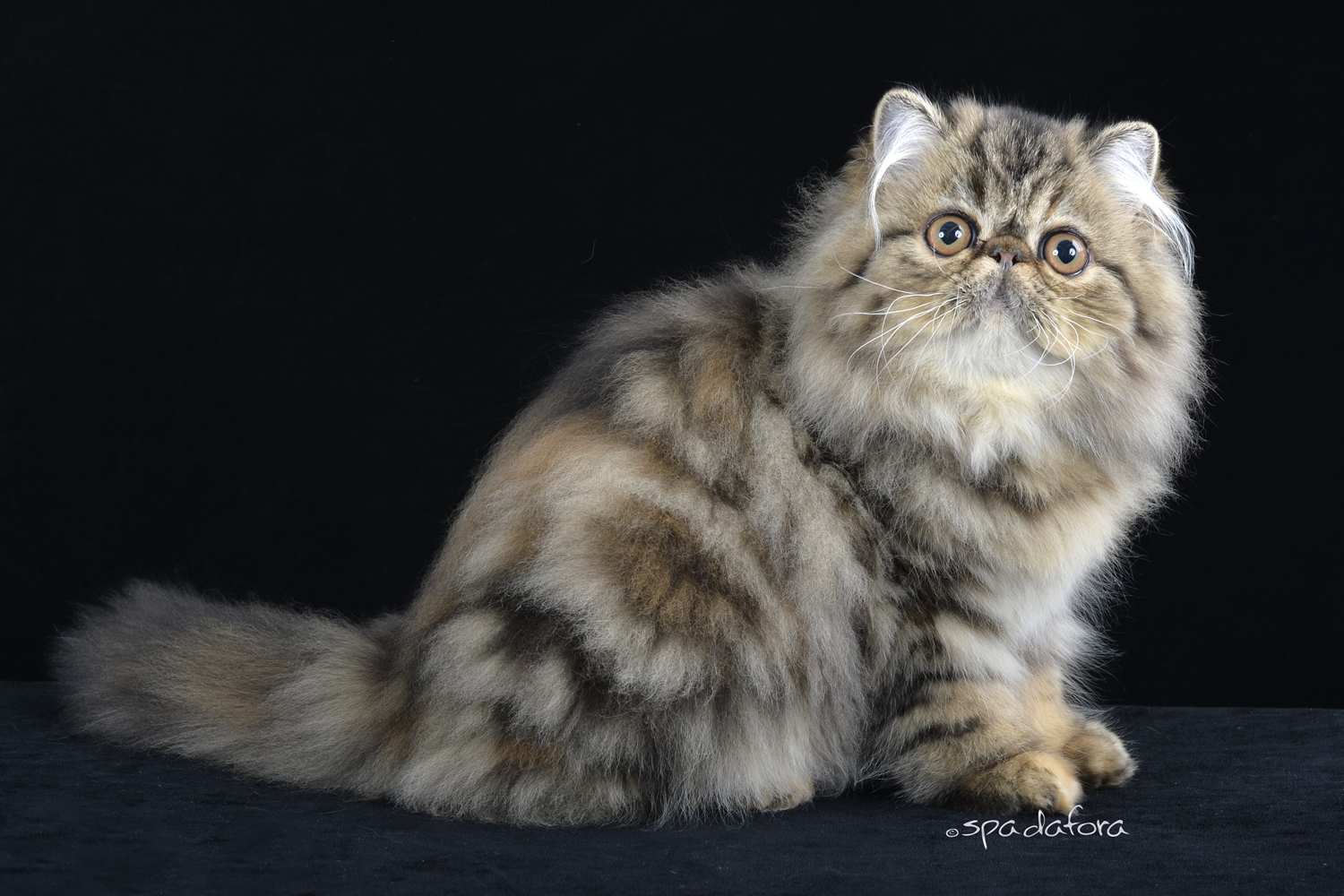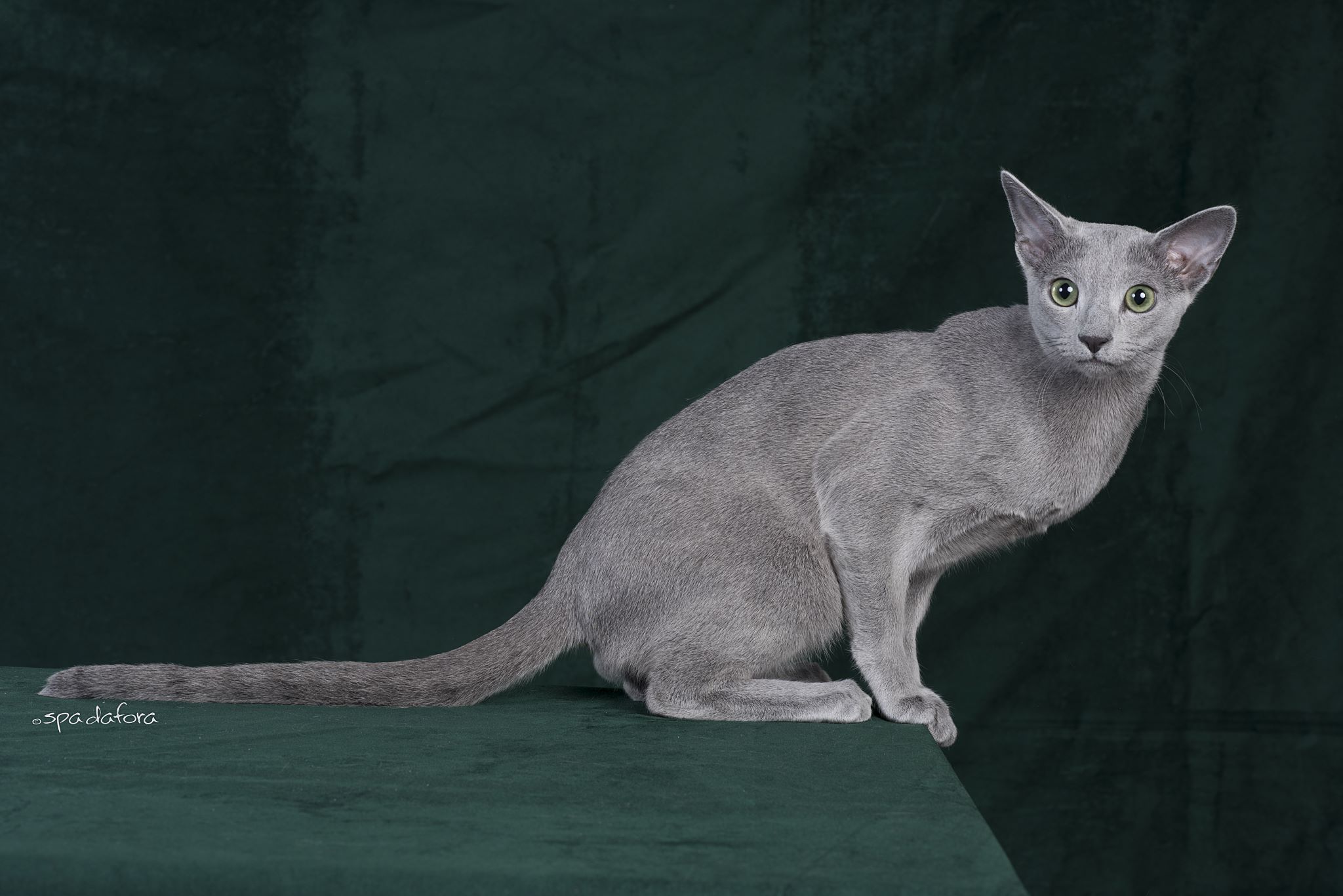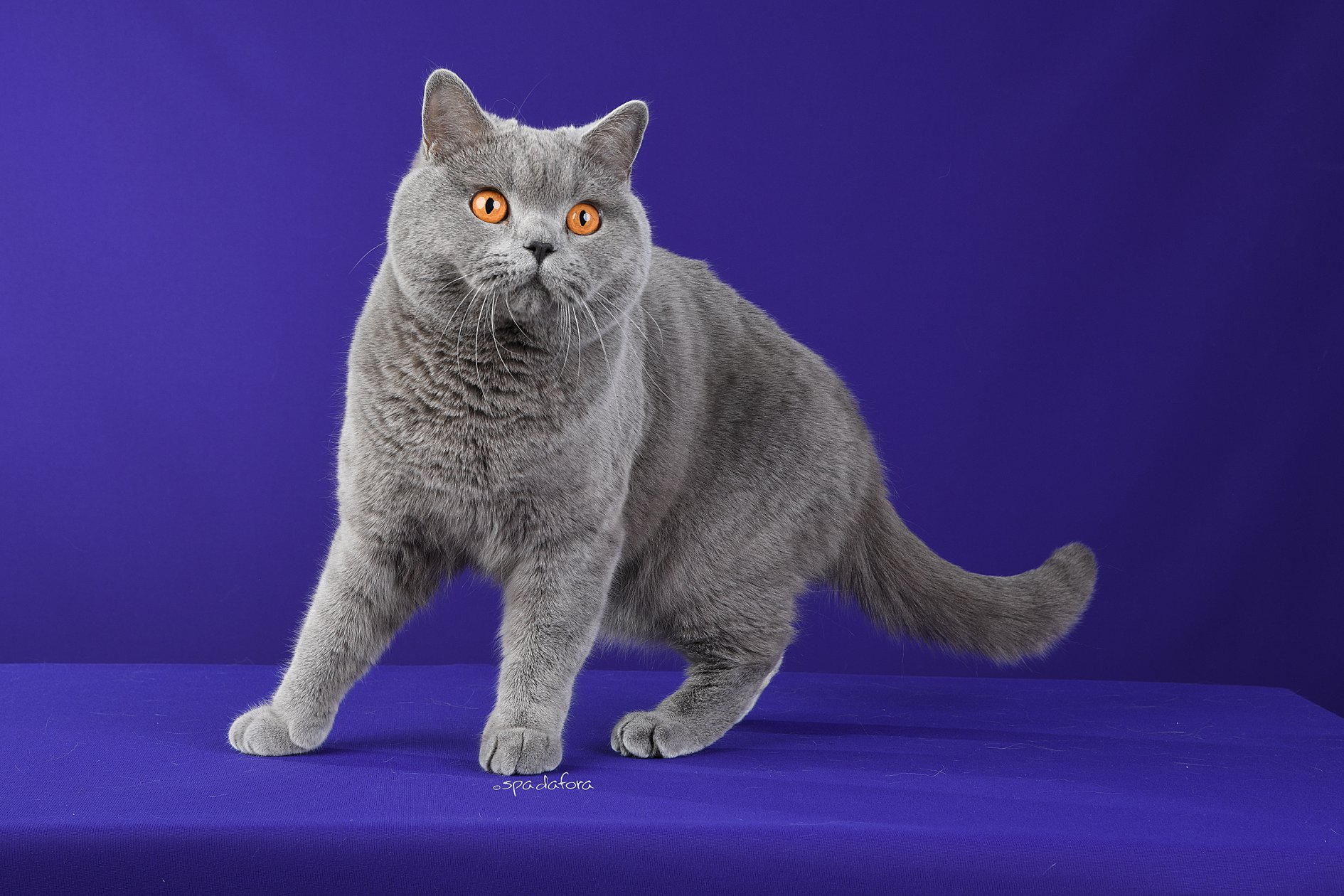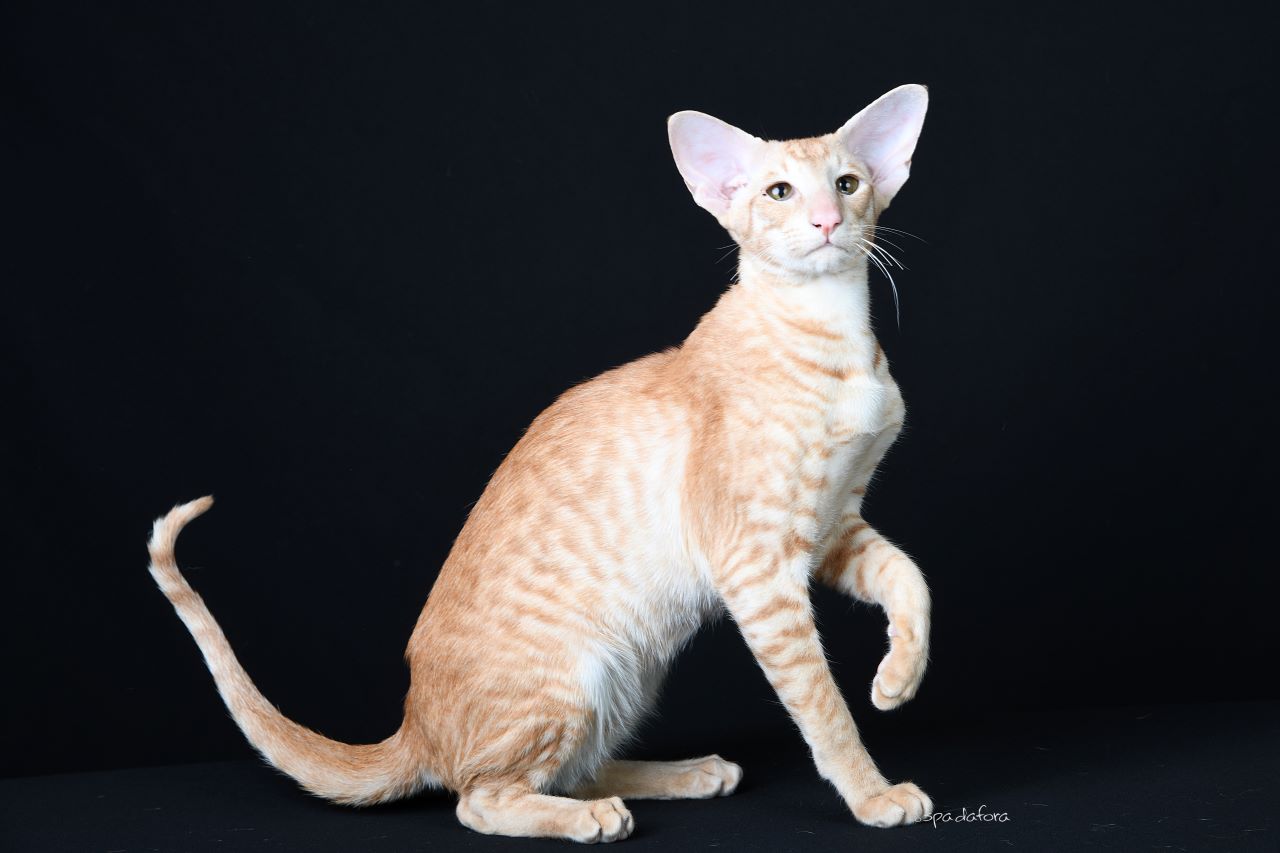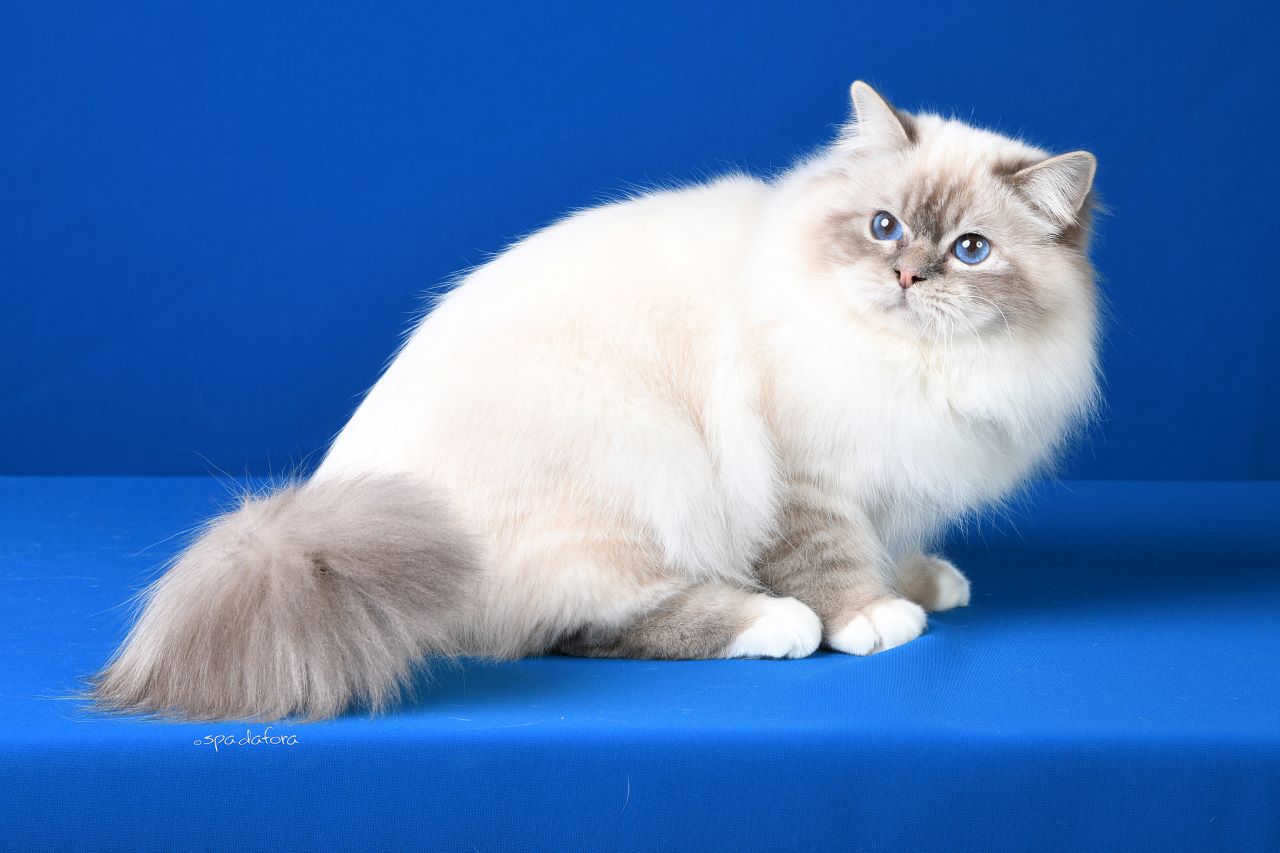When it comes to cat food, there are so many options. Loving cat owners must choose from a variety of different flavours, decide between dry, wet, raw, among many other considerations.
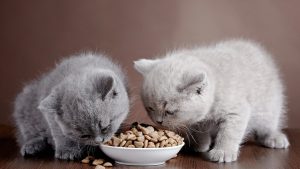 Dry food/kibbles is popular since it is convenient. It is available in large bags and has a long shelf life, even after opening, making it cost effective. Because its moisture content is less than 20 percent, there is less risk of bacterial growth with dry food, so you can leave it out all day for your cat to graze on while you’re at work. Kibbles also helps reduce plaque and tartar build up on cats’ teeth. However, dry cat food may be more difficult for older cats to chew, so try choosing senior cay range of kibbles.
Dry food/kibbles is popular since it is convenient. It is available in large bags and has a long shelf life, even after opening, making it cost effective. Because its moisture content is less than 20 percent, there is less risk of bacterial growth with dry food, so you can leave it out all day for your cat to graze on while you’re at work. Kibbles also helps reduce plaque and tartar build up on cats’ teeth. However, dry cat food may be more difficult for older cats to chew, so try choosing senior cay range of kibbles.
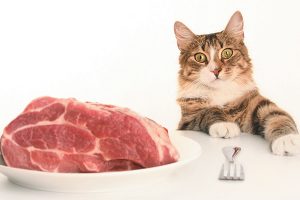
You’re probably familiar with the wet food in cans and pouches. Both come in small sizes, making it easy to provide a variety of different flavours, and for some, smaller sizes may make portion control easier. Wet cat food has at least 65 percent or more moisture content. As a result, wet food should not be left out for more than 30 to 60 minutes at a time to prevent bacterial growth.
Cats are obligate carnivores, meaning they need a diet of meat for their survival. Raw food diets for cats have increased in popularity, since wild cats live on raw food. A raw food diet usually includes raw muscle meat, organ meat and ground bones. The most common meats included in raw cat foods are chicken, fish and eggs.
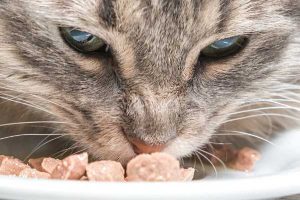
While some cats and cat owners may prefer one over the other, the best option may be to feed your cat all, keeping in mind you understand what a good food diet is along with the perceived benefits and risks.
Many cat owners believe that it is the most natural and healthiest option for their domestic cats. This is not the case. Ultimately, what you feed your cat is up to you, just make sure that the food you select is balanced and complete in view of your cat’s age and lifestyle.
Essential Nutrients in a Healthy Cat Food
- Protein: Cats need protein to support their developing bodies as kittens and to support the maintenance of their lean body mass as adults.
- Dietary Fats: We live in a fat-fearing society, but healthy fats are good for your cat. High-quality dietary fats support the absorption of fat-soluble vitamins like A, E, D and K. These vitamins play an important role in maintaining healthy skin and coat, supporting bone health and more.
- Omega Fatty Acids: Omega 3 and Omega 6 are essential in supporting your cat’s immune system and other important biological functions. Although most often associated with fish, omega fatty acids are also found in other protein sources like chicken and some plant-based ingredients.
- Vitamins & Minerals: Your cat’s food should include a robust list of vitamins and minerals. These contribute to a complete and balanced diet, support a healthy immune system and also promote a shiny, healthy coat. In addition to the fat-soluble vitamins listed above, you also want to look for water-soluble vitamins like B12 and C, plus minerals like calcium, iron and zinc.
